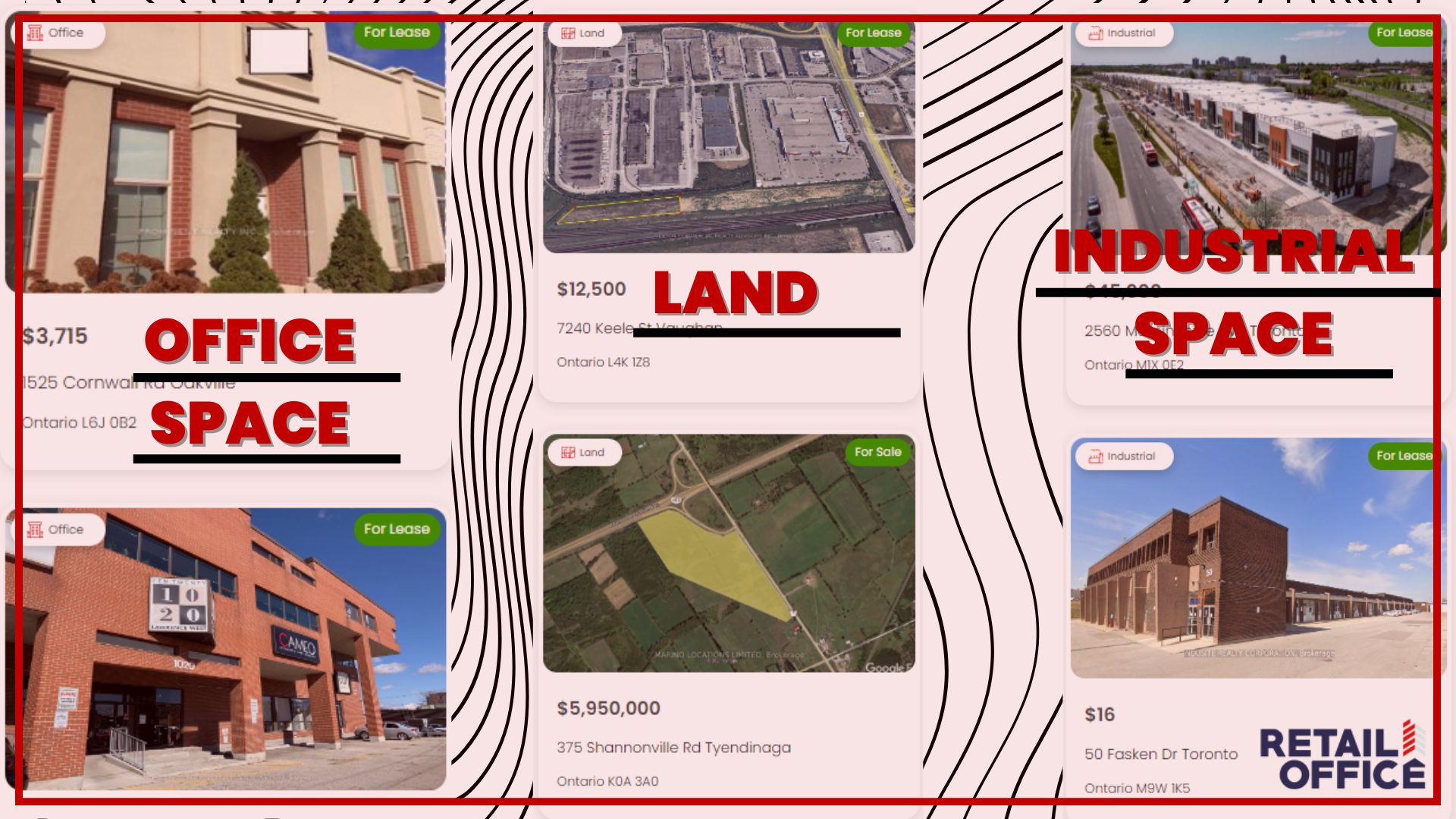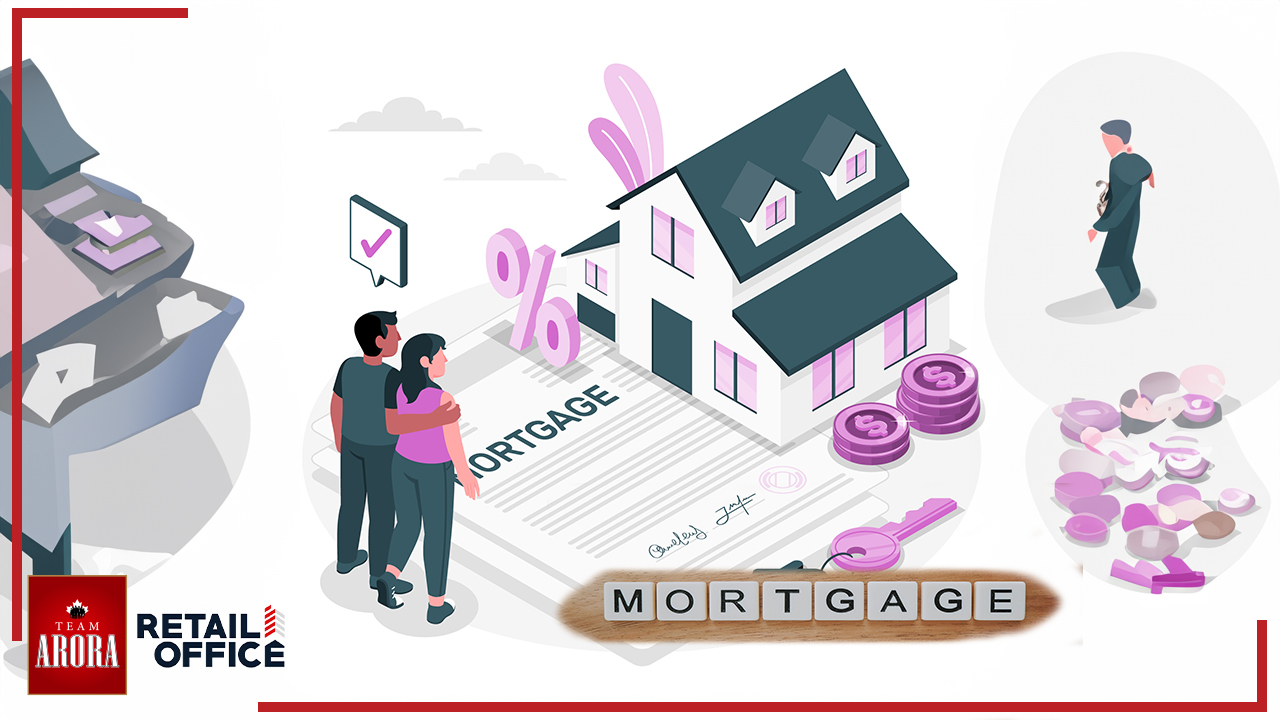If you’re looking for smart real estate investments in 2025, retail and office space in Ontario is where opportunity is knocking loudest. Across the province, smaller cities are stepping into the spotlight, offering better returns, lower competition, and strong long-term growth potential.
While Toronto still gets much of the attention, savvy investors and businesses are discovering that Ontario’s next success stories are happening elsewhere — in places where retail and office space investment is booming thanks to rising populations, new infrastructure, and revitalized downtowns.
In this blog, we’ll explore the top five emerging cities in Ontario that should be on your radar if you’re thinking about entering the retail or office space market in 2025. Whether you’re a seasoned investor or a small business owner planning your next location, these spots are full of potential.
Why Focus on Emerging Cities for Retail and Office Investment?
Before we dive into the list, let’s talk about why this strategy makes so much sense.
- Lower entry prices: Properties are often 30–50% cheaper compared to Toronto or Ottawa.
- Faster growth: Many mid-sized cities are growing faster than major metro areas.
- Higher demand: Businesses and workers want affordable, accessible, and community-oriented spaces.
- Government incentives: Many towns offer tax breaks, grants, or fast-tracked approvals for commercial investments.
By focusing on retail and office space in Ontario’s emerging cities, you’re setting yourself up to buy low, rent high, and enjoy steady value appreciation over the next decade.
🌆 Top 5 Emerging Cities in Ontario for Retail and Office Space Investment in 2025
1. Fort Erie
📍 Where it is:
Right on the border with Buffalo, NY — a gateway city between the U.S. and Canada.
📈 Why it’s hot:
Fort Erie is undergoing a major transformation. With $26 million invested in infrastructure in 2024 alone and cross-border travel rebounding fast, Fort Erie is pulling in both U.S. shoppers and Canadian tourists. The town issued over 800 building permits in 2024, a record for commercial and residential growth.
New development around Bay Beach and proposed marina projects are adding serious lifestyle value. Plus, Fort Erie’s revitalized downtown is attracting new restaurants, cafes, and boutique stores.
🛒 Retail/Office Opportunity:
- Retail spaces downtown are still affordable, but values are rising quickly.
- New businesses are looking for small offices, co-working hubs, and service spaces to support a growing population.
- Short-term leases are attractive for cross-border seasonal businesses.
Keyword Tip: Fort Erie is prime for retail and office space investment now, before prices catch up to its bigger neighbors.
2. Brampton
📍 Where it is:
Northwest of Toronto, directly linked to major highways and Pearson International Airport.
📈 Why it’s hot:
Brampton is exploding. It’s now Ontario’s third-largest city with 800,000 residents, and it’s growing by 45,000 people a year. The economy is thriving, with major investments in tech, logistics, and cultural development.
The city launched a Downtown Revitalization Plan, investing over $100 million to improve streetscapes, parking, and public spaces.
🛒 Retail/Office Opportunity:
- Downtown Brampton needs cafes, professional offices, medical services, and cultural businesses.
- Retail plazas along Queen St. and Steeles Ave are booming with immigrant-owned businesses.
- Flexible office spaces are in demand for tech startups and solo entrepreneurs.
Keyword Tip: Brampton is a powerhouse for those looking for retail and office space investment near Toronto but without Toronto’s sky-high costs.
3. London
📍 Where it is:
In Southwestern Ontario, about halfway between Toronto and Detroit.
📈 Why it’s hot:
London is Ontario’s fastest-growing mid-sized city. In 2024, it surpassed $1 billion in tourism spending and saw more than 2.1 million overnight visitors.
The city is building a strong identity around education (Western University), health sciences, entertainment, and digital technology. Massive attractions like 100 Kellogg Lane (soon home to Canada’s first Hard Rock Hotel) are reshaping London’s image from sleepy to vibrant.
🛒 Retail/Office Opportunity:
- Tech companies and remote workers are flocking here, boosting office space demand.
- Tourism and events (like concerts, sports tournaments) are driving retail demand downtown.
- New flexible leases are trending, allowing for popup stores and hybrid office setups.
Keyword Tip: London’s transformation makes it one of the best bets for retail and office space investment this year.
4. Niagara-on-the-Lake
📍 Where it is:
Right in Ontario’s wine country, north of Niagara Falls.
📈 Why it’s hot:
Niagara-on-the-Lake (NOTL) is known for its luxury tourism, drawing over 3.5 million visitors annually. Boutique shops, wineries, fine dining, and event spaces are in constant demand.
Despite heavy tourism, commercial property is still underdeveloped compared to demand. Boutique retailers, service businesses, and creative office setups (like vineyard-side coworking) are emerging trends.
🛒 Retail/Office Opportunity:
- Small-scale boutique retail stores thrive in historic districts.
- Professionals (wedding planners, consultants) seek unique office spaces outside traditional urban settings.
- Short-term retail popups do especially well during wine festivals and tourist seasons.
Keyword Tip: If you want a prestigious, lifestyle-driven play in retail and office space investment, NOTL is your place.
5. Windsor
📍 Where it is:
Southwestern Ontario, across the river from Detroit, USA.
📈 Why it’s hot:
Windsor is Ontario’s cross-border business capital. Thanks to major projects like the $5 billion Stellantis EV battery plant and the Gordie Howe International Bridge opening in 2025, Windsor is set for massive economic growth.
Visitor numbers are back to pre-pandemic highs, driven by Caesars Windsor Casino, festivals, and U.S. tourism.
🛒 Retail/Office Opportunity:
- Downtown Windsor’s riverfront area is being redeveloped, creating demand for new cafes, service retail, and creative offices.
- Demand for corporate offices (especially automotive-related) is rising fast.
- Short-term executive offices are in demand due to cross-border business.
Keyword Tip: Windsor offers investors a rare mix of affordability, U.S. access, and serious upside in retail and office space investment.
📈 Ontario’s Overall Retail and Office Space Market Outlook (2025)
Ontario’s overall retail and office market is stronger than ever:
- Retail sales in Ontario are forecasted to grow 4.1% in 2025, fueled by population growth and urban migration.
- Office leasing demand is up 9% compared to 2023, especially for flexible and Class B properties.
- Vacancy rates are falling in secondary markets like London and Windsor, as businesses seek more affordable spaces outside Toronto.
In short: Retail and office space investment in Ontario is no longer just a Toronto story. It’s happening in the cities that many investors overlooked—until now.
🚀 Conclusion: Where Will You Invest?
Retail and office space in Ontario is evolving. The rise of smaller, dynamic cities like Fort Erie, Brampton, London, Niagara-on-the-Lake, and Windsor is opening new doors for investors, entrepreneurs, and business owners who want to get ahead of the curve.
By focusing your investments in these emerging markets, you can secure:
- Lower property costs
- Stronger tenant demand
- Higher returns on investment
So if you’re serious about succeeding in retail and office space investment in Ontario, it’s time to go beyond the obvious. Look closer at these high-potential cities, take action, and be part of Ontario’s next wave of commercial success stories.




